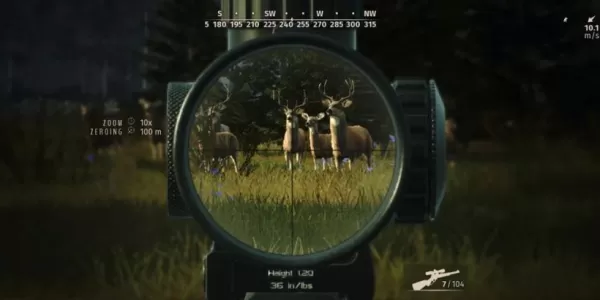In *Whiteout Survival*, the essence of the game revolves around competition, alliances, and strategic growth. However, the experience you encounter can vastly differ based on the state you're in. Some states thrive with a balance of active players and fair competition, fostering an environment where everyone can enjoy and progress. On the other hand, some states struggle with inactivity, severe power imbalances, or are dominated by 'whales'—players who spend heavily to gain an edge, making it nearly impossible for others to advance.
If you find yourself in a state that isn't providing a satisfying experience, transferring to a new one might be your ticket to a fresh start. Yet, this isn't always a straightforward process. You'll need to meet certain requirements, and transfers are only feasible during specific events. In this guide, we'll delve into how to change states, the characteristics of a bad state, and strategies for coping if you're stuck in one without a way out.
What Makes a Bad State?
A state in *Whiteout Survival* can be deemed bad when it hampers growth, competition, and teamwork due to unfavorable player dynamics. Here are some key indicators that might prompt you to consider a transfer:

Finding yourself trapped in an undesirable state in *Whiteout Survival* can be a frustrating ordeal. Yet, you're not without recourse. If your state is plagued by imbalance, inactivity, or dominated by whales, transferring to a new one during a transfer event can offer you a fresh start. However, if transferring isn't an option, you can focus on bolstering your economic growth, conserving your troops, and enhancing alliance coordination. These strategies can help you not only survive but potentially turn the situation around in your favor.
For an optimal gameplay experience, consider playing *Whiteout Survival* on a PC with BlueStacks. This setup offers better control, smoother performance, and simplifies city management, giving you the edge you need to navigate and conquer the frozen wasteland.








